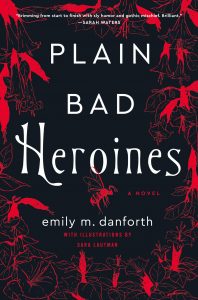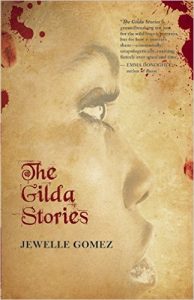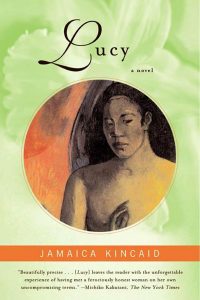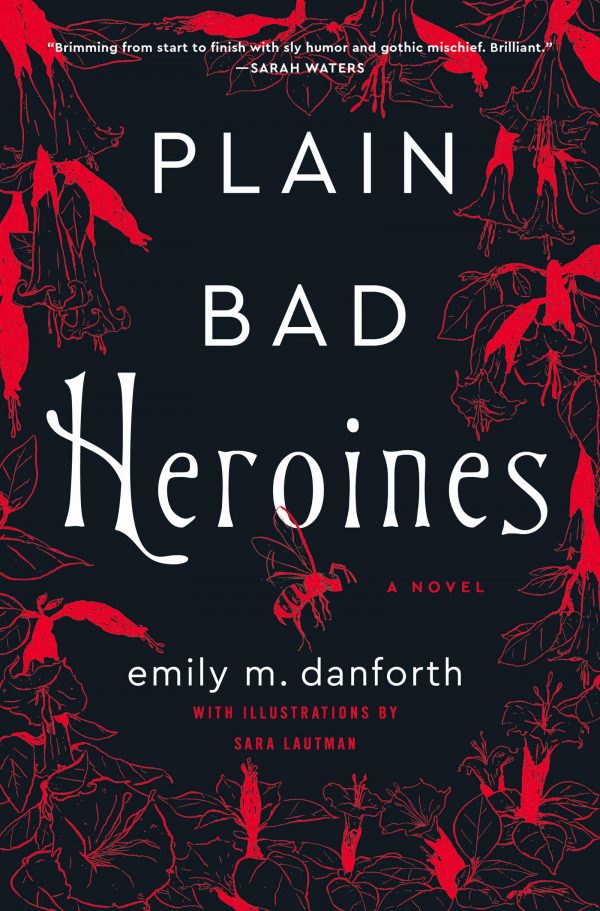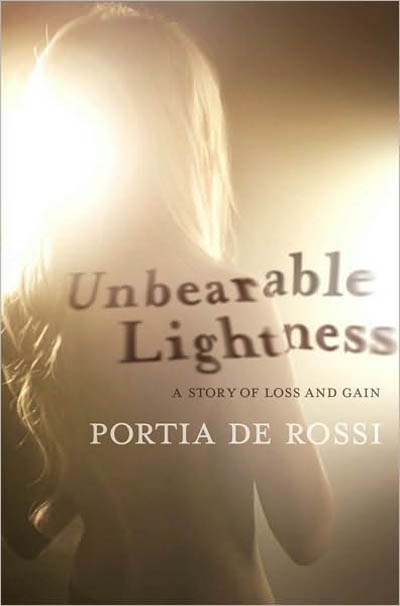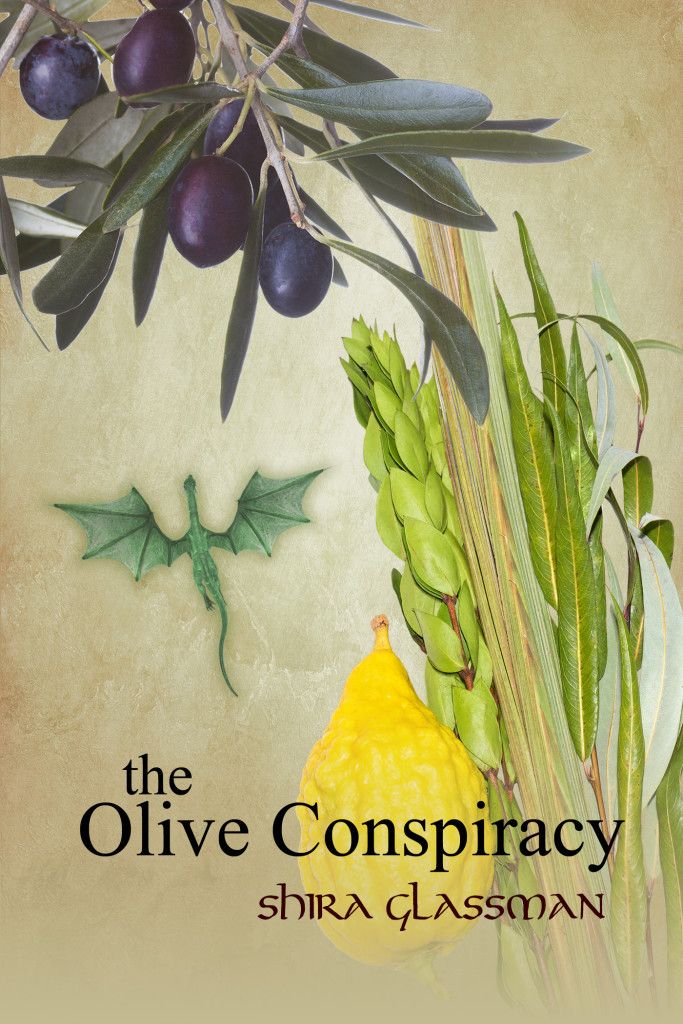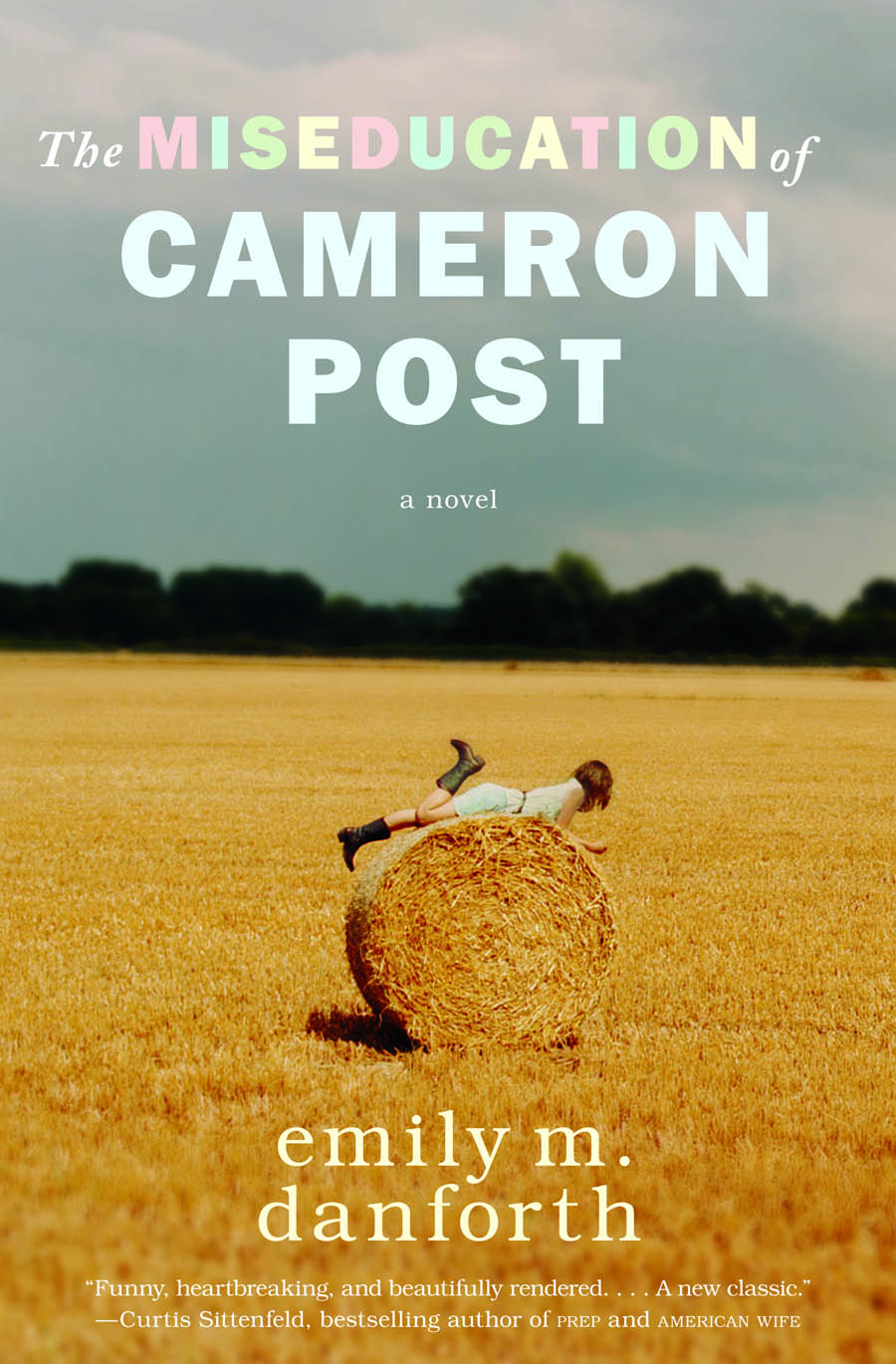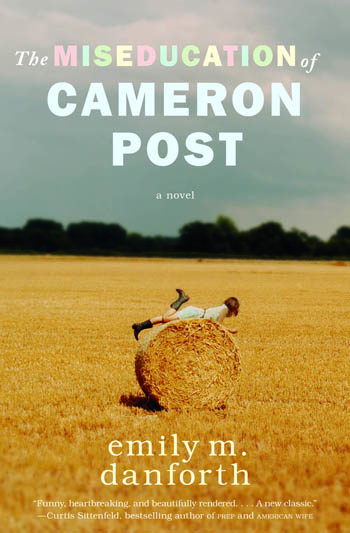Amazon Affiliate Link | Bookshop.org Affiliate Link
The book starts with The Story of Mary MacLane, a real-life figure in writing. It’s this book that the girls of Brookhants School for Girls center their Plain Bad Heroines Society around. But when three girls die and the book is found at both death scenes, it soon becomes a feared object. Even the women who run the school, Libbie Brookhants and Alexandra Trills, partners, have different experiences with the curse. Jumping to the modern-day, the contemporary heroines, author Merritt Emmons and actors Harper Harper and Audrey Hall, are working to bring the story of Brookhants to life.
Each generation of stories tied to Brookhants finds girls exploring their sexuality and following their desires. But it’s also a place where tragedy befalls so many of the heroines who only wanted to live freely. The horror of Brookhants embodies the curse that is the patriarchy against queer women.
Through the contemporary storyline, Danforth explores the exploitative nature of horror. The characters set out to tell the story of Brookhants and the tragic deaths, but their director, Bo, turns it into a found-footage documentary about the making of the movie. To do so, he engages in unethical behaviors and gaslighting.
Overall, the novel is never terrifying so much as it is atmospheric and creepy. It’s the epitome of Gothic horror, creating an environment that messes with the characters’ sense of reality. It makes the reader question whether or not they’re actually experiencing hauntings or if it’s all simply in their heads.
SPOILERS BEGIN
After so much build-up though with the curse of Brookhants, the yellow jackets and Orangerie events, the ending is anticlimactic. When establishing his plan to create a documentary, Bo enlisted Audrey to be his “inside woman,” telling her she’d be the only one who knew this plan. But it turned out they all knew what was happening and no one was really out of the loop. So it begged the question: Did any hauntings actually happen?
SPOILER ENDS
Among the characters, there aren’t any particularly great protagonists to root for, which is the point. The women aren’t plain bad heroines, but they’re not pillars of virtue and goodness either. They’re human, messy, capable of making good and bad decisions, and simply interesting. It’s hard not to become engrossed in their lives, even if they can be frustrating.
Danforth expertly created unlikable characters, especially with Bo and all the Hollywood types. They definitely give meaning to the phrase La La Land. Everyone in the three heroines’ circles has an agenda and openly uses and manipulates them, all for the sake of art. It’s this kind of toxic behavior that makes it easy to sympathize with Audrey, Harper and Merritt, even when they’re at their worst.
The writing is deft as Danforth switches back and forth between the timelines. The voice for each character is distinct, including the unnamed narrator. It’s even distinguished between the different timelines, the voice adapting to each era from historical to contemporary.

